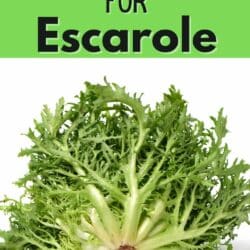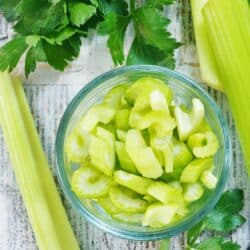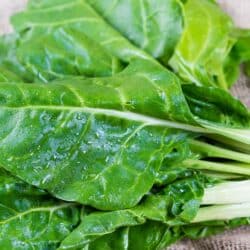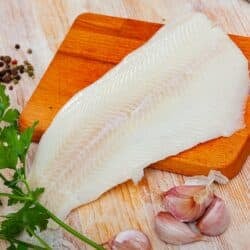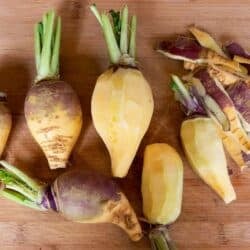9 Easy-to-Find Substitutes for Escarole in Cooking
Escarole is a leafy green often used in soups and stews. But what happens if you don’t have it or can’t find it at the store? Here are some great substitutes for escarole including kale, spinach, radicchio, arugula, chard, mustard greens, collard greens, beet greens, and lettuce.
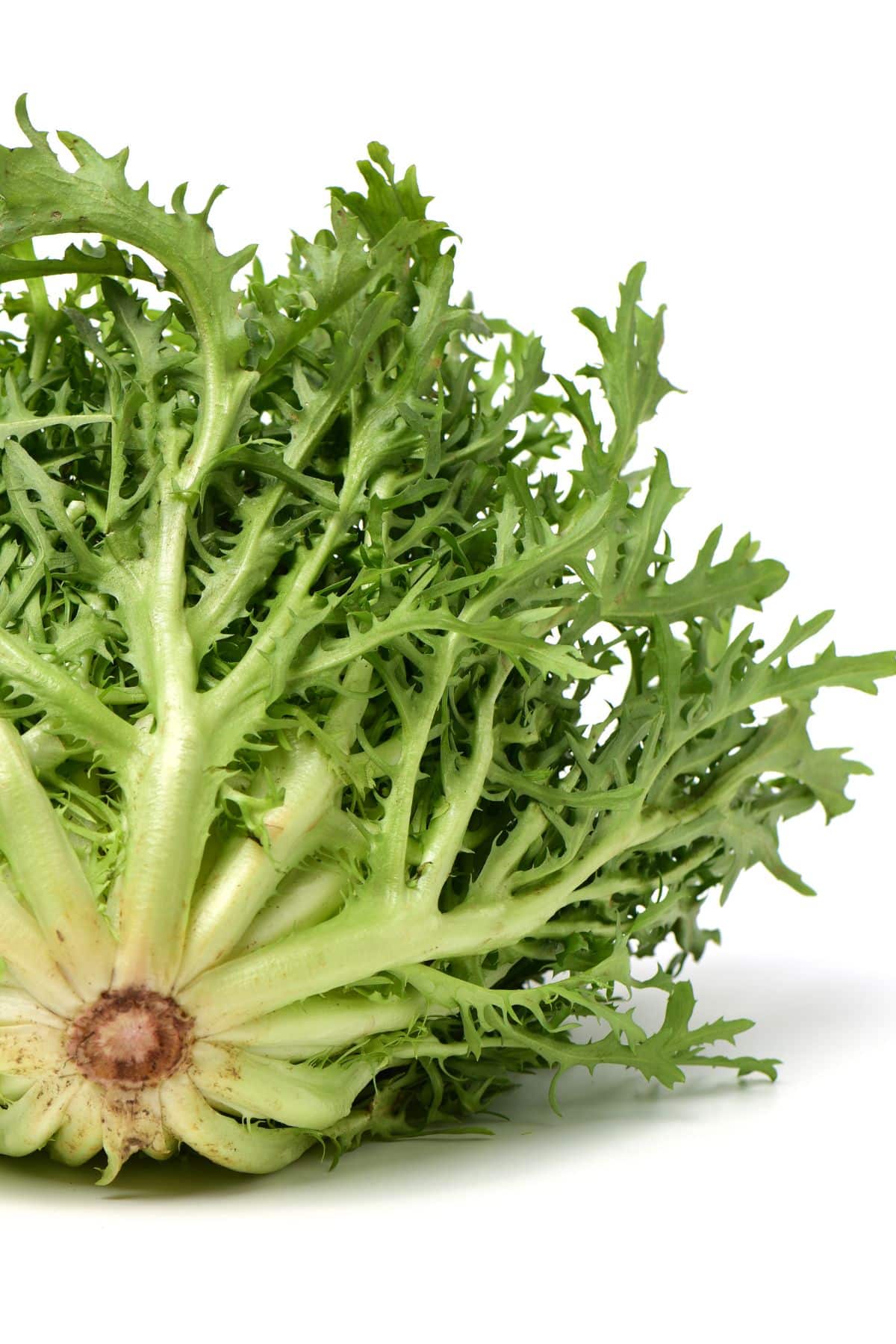
Escarole is a leafy vegetable that belongs to the chicory family. It has a slightly bitter flavor and is often used in salads or cooked as a side dish. It’s also popular in Italian cuisine as an escarole soup made with cannellini beans or other white beans.
Escarole is rich in vitamins A and K, and it also contains fiber, and folate.
In addition to being a healthy food choice, escarole can also be used as a natural remedy for digestive health or digestive issues, such as constipation or indigestion.
Escarole Substitutes
If you need escarole for a recipe but can’t find it at the grocery store, here are some of the best substitutes you can use without ruining your dish!
1. Kale

Kale is a nutrient-rich leafy green vegetable that can be eaten raw or cooked. It is a good source of vitamins A, C, and K, as well as fiber and calcium. For a quick and healthy meal, sautéed kale makes a great side dish.
Kale has a crisp and crunchy texture and a refreshing flavor. In contrast, escarole is a bit more bitter and has a slightly tougher texture.
To substitute one cup of escarole, use one cup of kale leaves (any variety, but be sure to remove the stems from the leaves).
2. Spinach

A nutrient-rich leafy green, spinach is a great substitute for escarole in dishes where you want a pop of color and healthy vitamins and minerals. It’s versatile, too – enjoy it cooked or raw, depending on your preference.
Spinach has a milder flavor that is often described as sweet or nutty. In contrast, escarole has a more bitter taste that can be offset by cooking it. When it comes to texture, spinach leaves are softer than escarole leaves.
Spinach is a very common salad green that is high in vitamin K. It has other health benefits and is a good choice if you can’t find escarole.
To substitute one cup of escarole, use one cup of spinach.
3. Radicchio
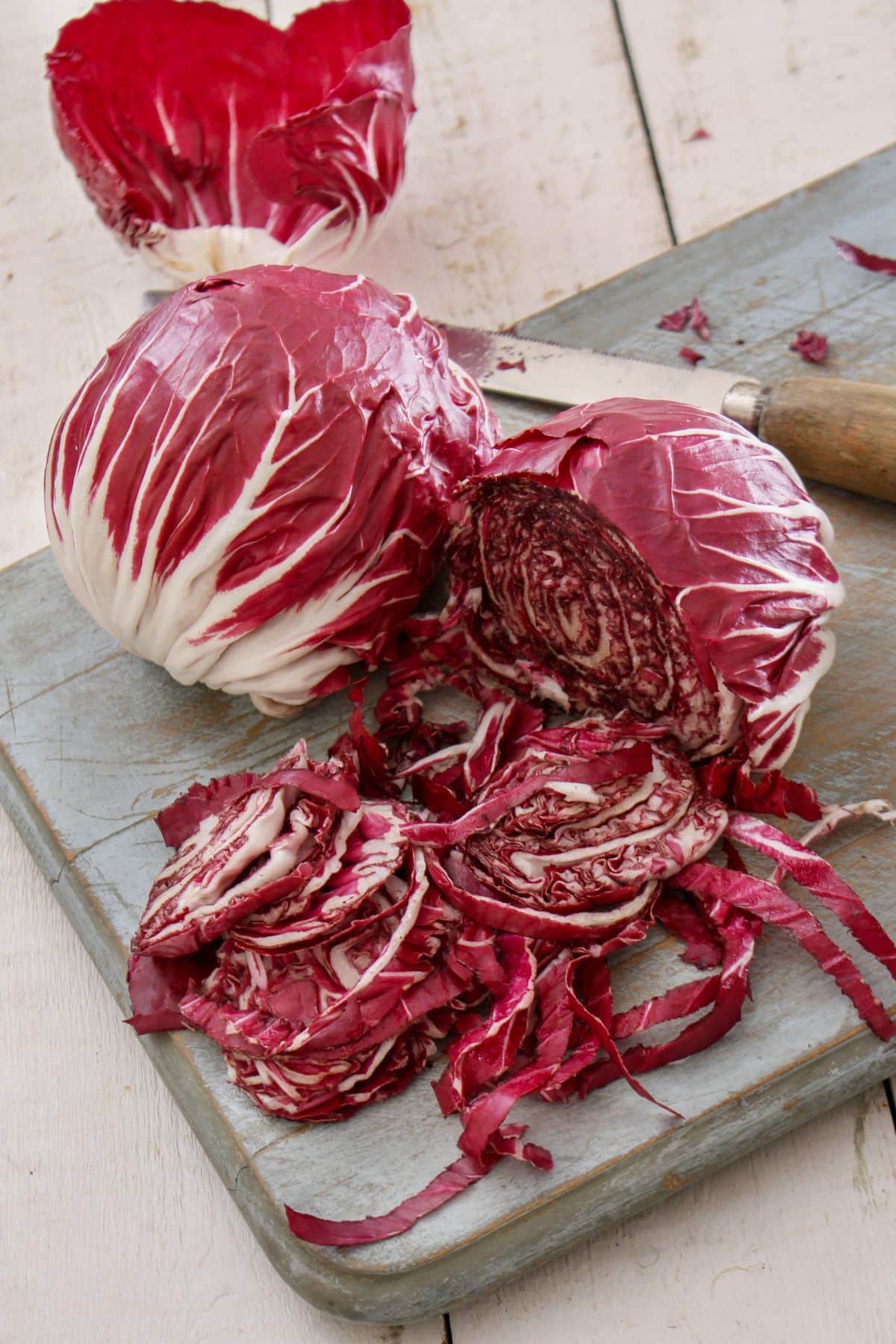
Radicchio has a slightly bitter flavor and can be enjoyed cooked or raw. Radiccio is a good source of vitamins A, C, and K, as well as fiber and manganese. It can be enjoyed in a variety of dishes, including salads, pasta, pizzas, and more.
Radiccio is more bitter than escarole, and it has a slightly spicy flavor. In addition, radiccio is more compact than escarole, and its leaves are thinner and darker.
To substitute one cup of escarole, use one cup of radiccio.
4. Arugula

This leafy green vegetable has a sharp, peppery flavor. It is often used in salads, sandwiches, and pasta dishes.
Arugula is a good source of vitamins A and C, as well as iron and calcium. It is also low in calories and fat.
Generally, arugula easy to grow in most climates and can be harvested year-round. It is usually available in supermarkets, but it can also be grown at home.
Arugula is generally more pungent. Arugula also has a softer texture, while escarole is crisper. In terms of nutrition, arugula and escarole are both excellent sources of vitamins A and C. However, arugula contains more folate than escarole.
To substitute one cup of escarole, use one cup of arugula.
5. Chard

Chard is a versatile vegetable that can be eaten cooked or raw. When used in cooking, it can be added to soups, stews, and stir-fries. It can also be baked, sauteed, or steamed.
Chard is an excellent source of vitamins A, C, and K. It also contains minerals such as magnesium, and potassium. In addition to being nutritious, chard is also low in calories and fat.
Chard has large, glossy leaves and a thick, crunchy stem. Escarole has dark green leaves and a mild, slightly bitter flavor. Escarole contains more vitamin A and C than chard, but chard also has a higher concentration of iron.
To substitute one cup of escarole, use one cup of chard.
6. Mustard greens
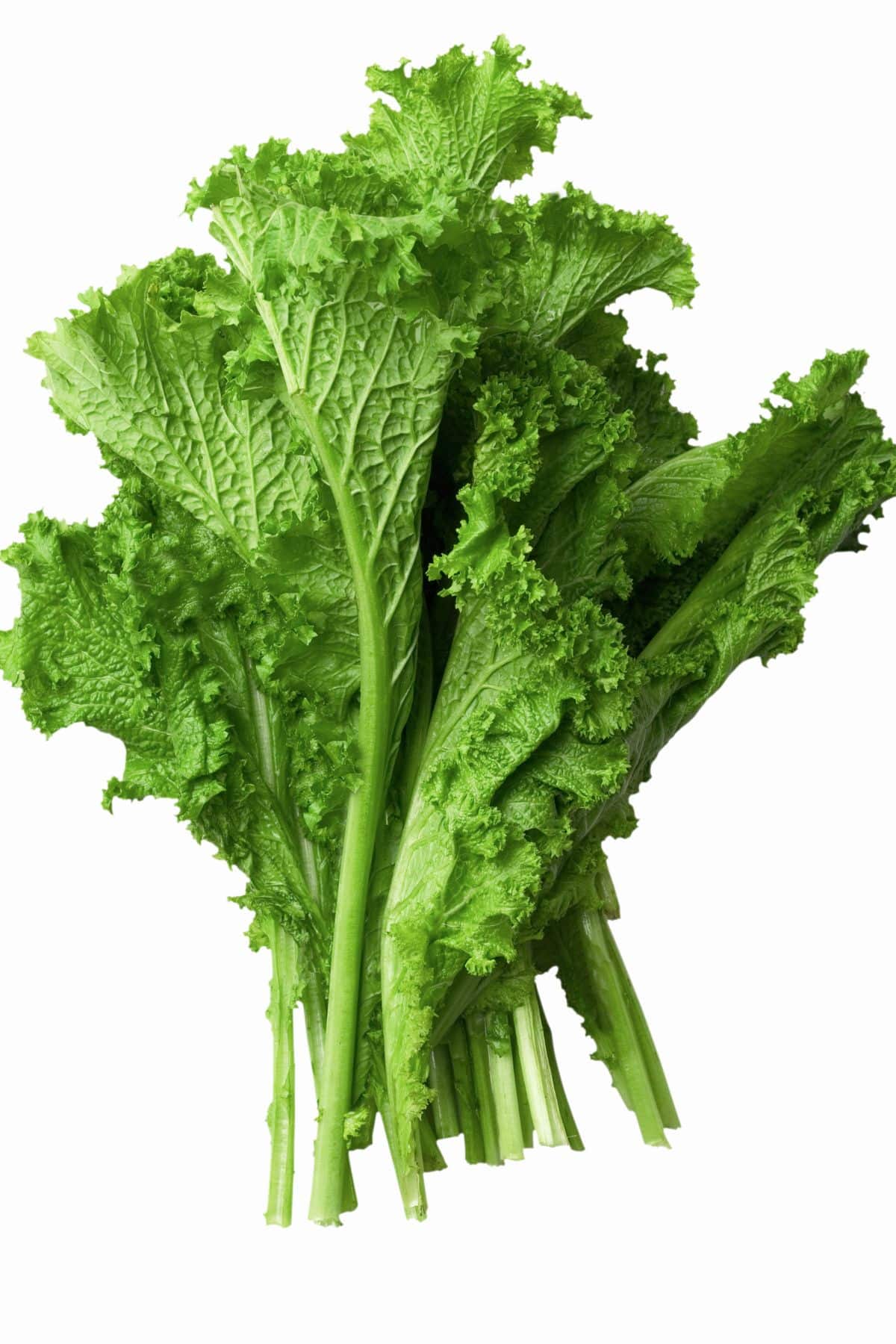
Mustard greens are leafy green vegetables that has a bit of a bitter flavor to them. The leaves can be eaten raw or cooked and are a good source of vitamins A, C, and K, as well as folate and magnesium.
Mustard greens can be used in sautéed, used in salads or added to a soup or stir-fry.
Mustard greens are more pungent, with a sharp flavor that is sometimes described as peppery or spicy. In contrast, escarole has a milder flavor with a slight bitterness.
Mustard greens are also more tender than escarole, making them easier to eat raw in salads.
To substitute one cup of escarole, use one cup of mustard greens.
7. Collard greens

Collard greens are used in many dishes and are a good source of vitamins A, C and K, calcium and iron. They can be eaten cooked or raw and are often thought of as bitter. However, when cooked properly, they can be quite flavorful. They are used in salads, stir-fries and other dishes.
Collard greens have large, thick leaves with a slightly bitter taste, while escarole has thinner leaves with a milder flavor.
To substitute one cup of escarole, use one cup of collard greens.
8. Beet greens
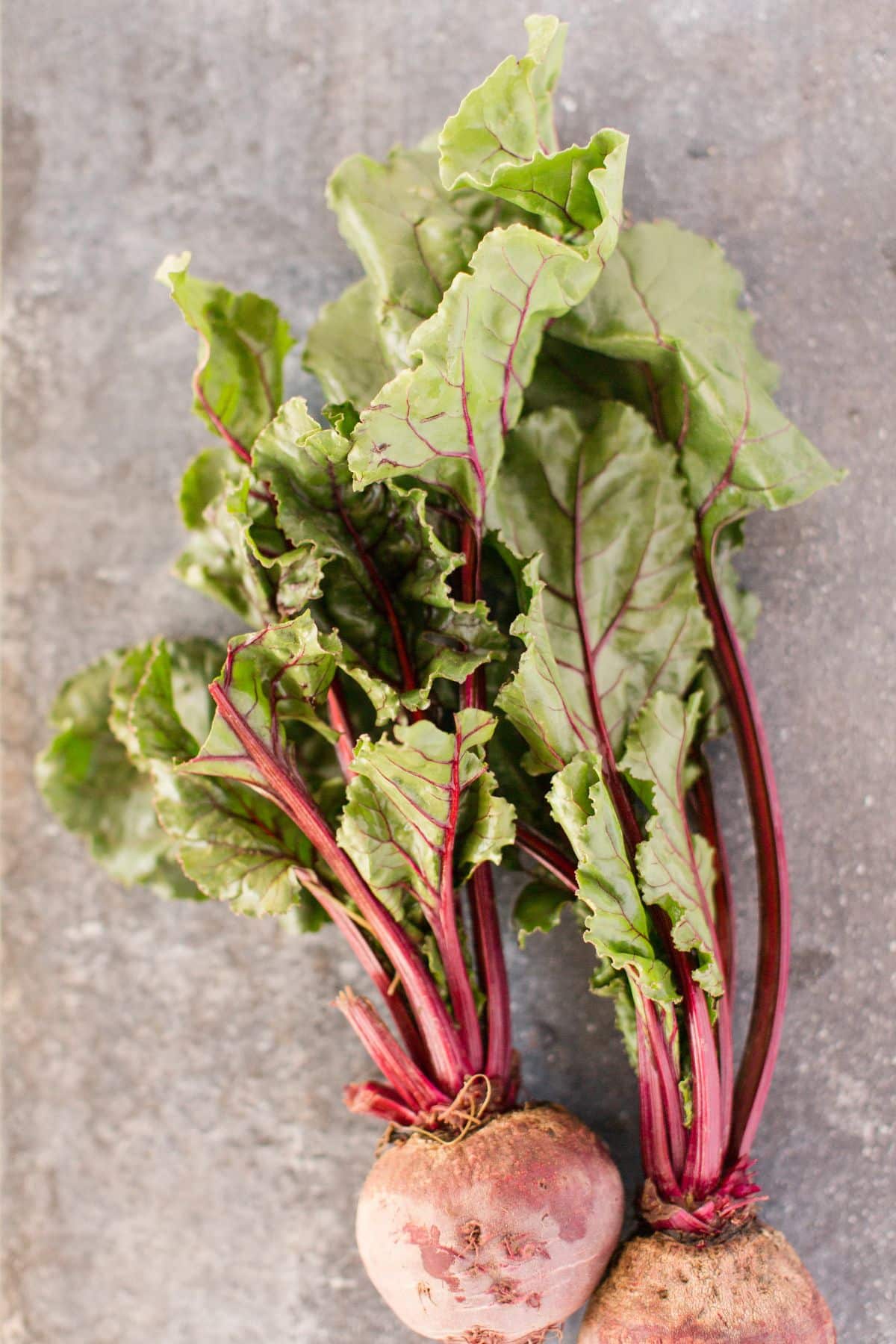
If you’re looking for a substitute for escarole that will provide similar nutritional benefits, beet greens are a great option.
Rich in vitamins A and C, as well as iron and calcium, beet greens can be sautéed, steamed or used in soups or salads. Just be careful not to overcook them, as this can make them tough and bitter. For the best flavor, aim to lightly cook beet greens so they retain some of their crunch.
Beet greens tend to be slightly sweeter than escarole, with a flavor that has been described as a cross between spinach and Swiss chard.
Escarole is more bitter than beet greens, with a taste that has been likened to radicchio. When it comes to texture, beet greens are tender and smooth, while escarole is crisp and slightly hearty.
To substitute one cup of escarole, use one cup of beet greens.
9. Lettuce

This leafy green is low in calories and fat, and high in vitamins and minerals. Lettuce is a good source of fiber.
There are many different types of lettuce, including iceberg lettuce, romaine, butterhead lettuce, and mesclun. Each type has a unique flavor and texture. Lettuce can be eaten raw or cooked. It can also be used as a wrap or fillings for sandwiches and tacos.
Most types of lettuce have a crisp texture and a refreshing flavor while escarole is a bit more bitter and has a slightly tougher texture.
To substitute one cup of escarole, use one cup of lettuce.
Bonus Substitutes
In addition to the options listed above, you can also use endive as a substitute for escarole. Curly endive in particular has a similar appearance to escarole and is a good substitute.
Other alternatives include: Belgian endive, bok choy, broad-leaved endive, Batavian endive, dandelion greens, Chinese cabbage, Napa cabbage, and turnip greens. Most bitter greens can be used in place of escarole.
Pros and Cons
Here’s a summary chart with the various pros and cons of using escarole alternatives in your cooking.
| Substitute | Pros | Cons |
|---|---|---|
| Kale | High in vitamins A, C, K, fiber, and calcium. | Crisper texture, slightly less bitter than escarole. |
| Spinach | Versatile, sweet/nutty flavor, softer texture. | Much milder than escarole, may not substitute well in all recipes. |
| Radicchio | Rich in vitamins A, C, K, and manganese, good for raw dishes. | More bitter and compact, spicier flavor than escarole. |
| Arugula | Peppery flavor, rich in vitamins A, C, iron, and calcium. | More pungent and softer than escarole. |
| Chard | Nutrient-rich, versatile in cooking, low in calories. | Different texture with a thick, crunchy stem. |
| Mustard Greens | Good source of vitamins A, C, K, folate, magnesium, peppery taste. | More pungent and tender than escarole, stronger flavor. |
| Collard Greens | Rich in vitamins A, C, K, calcium, and iron. | Thicker, larger leaves, slightly more bitter. |
| Beet Greens | Rich in vitamins A, C, iron, calcium, sweeter flavor. | Sweeter, needs careful cooking to avoid toughness. |
| Lettuce | Low in calories, high in vitamins, versatile. | Less bitter, varying textures and flavors among types. |
FAQs
You can use any of the substitutes listed above. My favorite choice would be curly kale or baby kale.
Escarole is a member of the chicory family which means it has a hearty texture and mildly bitter flavor. Look for other types of leafy greens to use an alternatives. Tender green like butter lettuce are less favorable options.
More Helpful Substitute Articles You Might Like
Summary
There are many good substitutes for escarole. Some of the best substitutes include radicchio, arugula, chard, and beet greens. When substituting one green for another, it is important to consider the flavor and texture of the greens. The best substitute will be one that has a similar flavor and texture to escarole.
Don’t forget to join my newsletter list to get exclusive clean eating recipes and tips. The newsletter is 100% free with no spam; unsubscribe anytime.
About the Author: Carrie Forrest has a master’s degree in public health with a specialty in nutrition and is a certified holistic nutritionist. She is a top wellness and food blogger with over 5 million annual visitors to her site. Carrie has an incredible story of recovery from chronic illness and is passionate about helping other women transform their health. Send her a message through her contact form.


